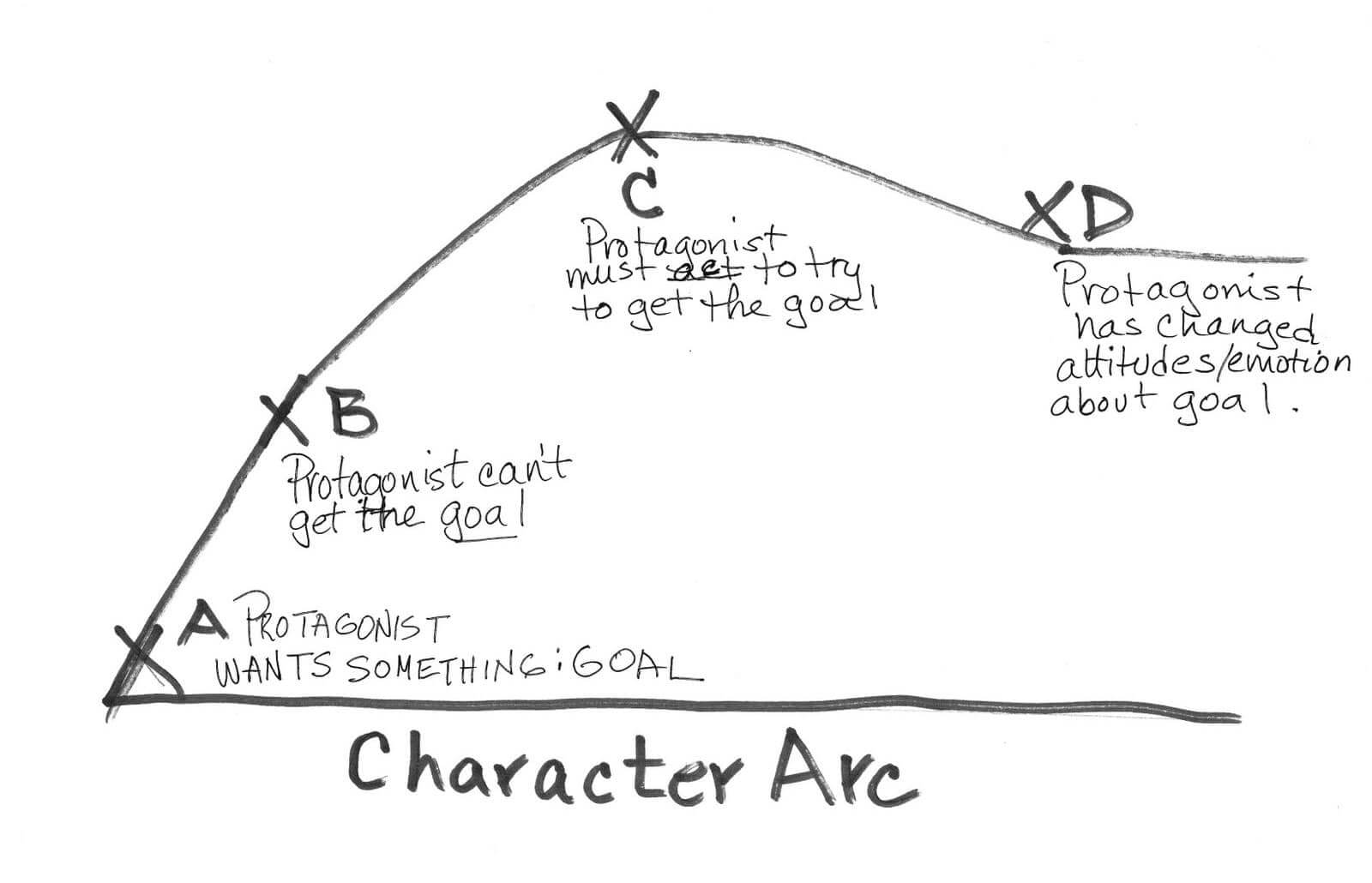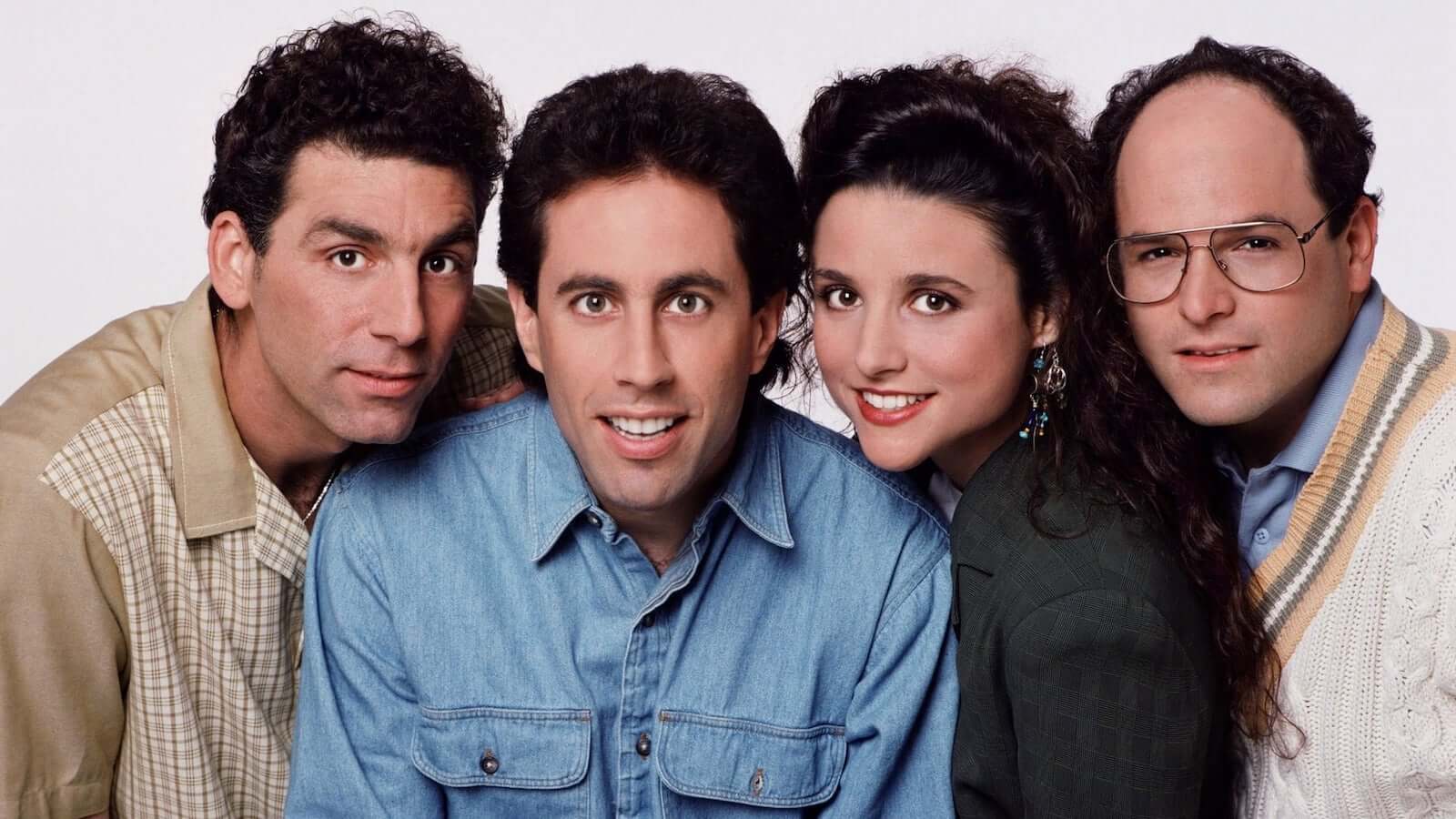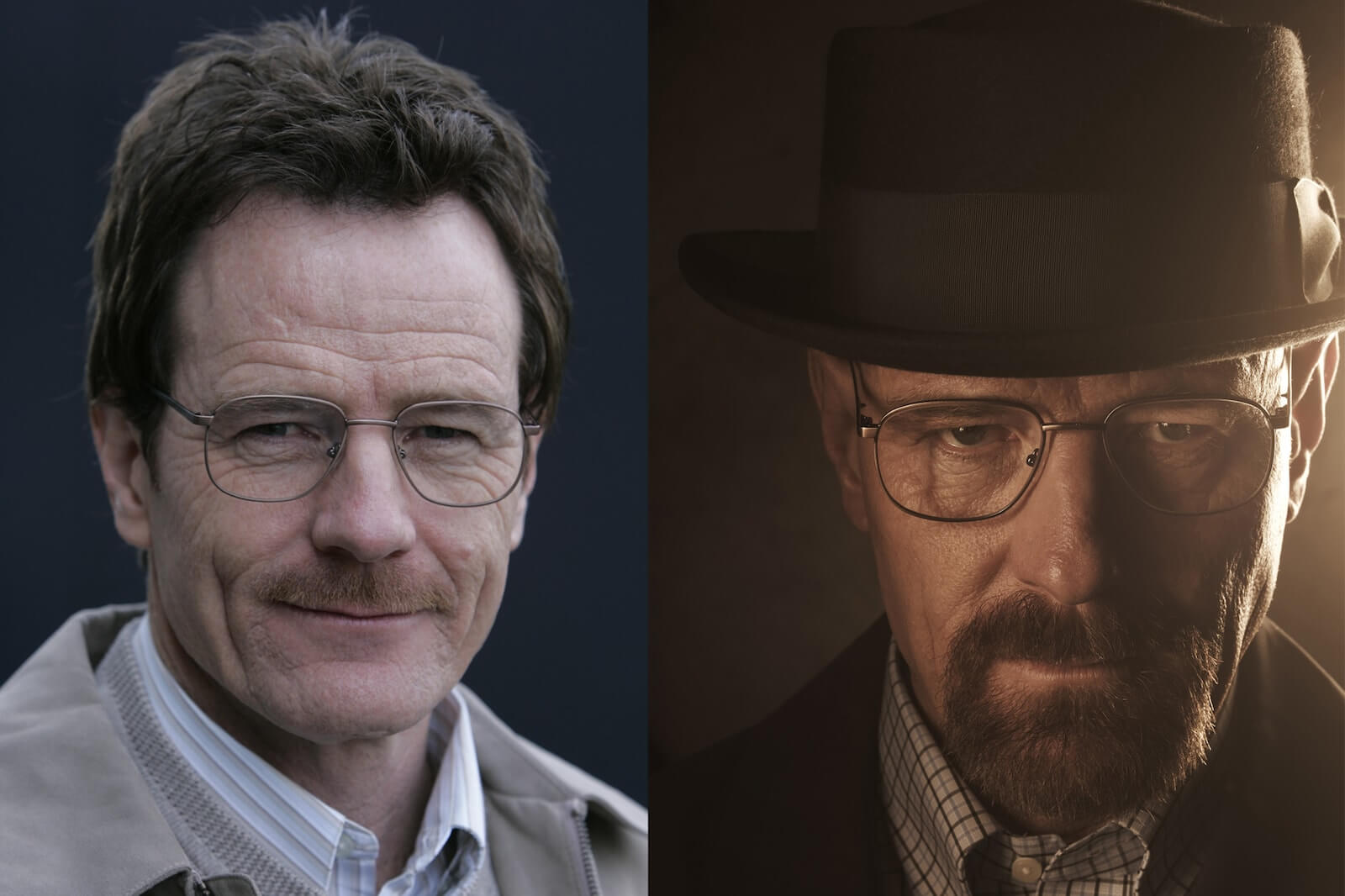

f there’s one thing writers will agree on, it’s that character development is super critical to writing a winning script.
It’s also a hard thing to master – oftentimes requiring spreadsheets and graphs for something that should be more… human.
But does it have to be that way?
How to create a character shouldn’t be an arduous process.
And, with our character development worksheet, it’s not.
Here I’ll show how to use our worksheet, which can help answer your own character development questions as you get into the weeds of writing.
This worksheet can be a powerful tool to help you figure out how to develop characters that follow a succinct character arc.
We’ll also go over what a static character and a dynamic character are, and which one may be best for your story.
Character development is the process of creating a character for a work of fiction such as a feature film, television show, or novel.
As mentioned, it’s often boiled down to two kinds of characters: Static character development and dynamic character development.
You probably remember hearing your mom or teacher mention how some things help “build character.”
But what does that mean when it comes to writing?
Character development is also the way in which characters change throughout a story. And it's not that far from what your mom was talking about.
One foundation of writing is challenging your protagonists (and antagonists). As they work to achieve their goals, we must make sure it’s harder for them to accomplish those.
This - like the chores, the second job, the long slog to school everyday - helps with character development. It changes them as the narrative marches forward.
When characters change in the course of a story, it’s called having a character arc.

Audiences like this kind character development because it creates relatable, real characters.
The changes we push our heroes through reflect the human condition we're all a part of.
But what if they don't change?
That’s the static character development definition - one that does not go through an emotional or physical transformation by the end of the narrative.
This is also known as a flat character.
Ones that do change? Those are dynamic characters.
So you have a choice to make - do you write dynamic or static characters?
Character is defined as all the elements that make a character feel relatable and real.
While this may be encapsulated in a series of idiosyncrasies and preferences, it’s best summed up in belief systems.
Because what we believe defines what we do.
The best way to ensure that you have a compelling character is to create a list of beliefs in the beginning and fill in the box.
Next, come up with specific actions the character takes based on those beliefs.
Then, after you’ve established beliefs and actions, fill in them for each subsequent section as the narrative unfolds.
Whether your character exhibits a change in their belief systems over time is a topic we’ll pursue below, but the “delta” (or change) should be listed.
For example, in 12 Angry Men, Juror 3 believed that the boy on trial was guilty, so he voted guilty.
But, as the narrative unfolded, he went from vehemently believing that the boy is guilty and, therefore, voting guilty to flipping in the end.
He changed his belief and, therefore, his vote to not guilty - despite being the last and most aggressive Juror to do so.
That about as simple as an example can get, but it’s an example nonetheless of clear character development and a character arc.
It’s not uncommon for many characters to remain the same throughout the narrative - that’s a static character. We’ll go over what the definition of a static character is in a bit.
The ones who do change are called dynamic characters.
Dynamic characters follow a character arc - like Juror 3.
Flat characters don’t follow an arc, but historically have had tremendous success.
It’s simple: The static character is one that doesn’t change by the end of the story.
Which is also a flat character. They’re interchangeable.
That, on paper, sounds kinda boring.
Why would anyone make a static character?
Because audiences come to love their consistency.
Jerry Seinfeld was was always the same guy at the end of one episode as he was at the same time next week.

Sheldon Cooper is always going to say bazinga.
And, even thirty years later, Roseanne hasn’t changed her recognizable laugh - if anything.
These habits and idiosyncrasies that we grow to love are part of great character development.
But if you were to fill in the character development worksheet with Seinfeld, Sheldon, or Roseanne, you would see that their beliefs never change from the beginning.
CHARACTER: Jerry Seinfeld
Beliefs:
Jerry doesn't want to tell anyone he dropped a JR mint into someone's body during a surgery.
Beliefs:
He feels guilty, but he still doesn't want to tell anyone.
Beliefs:
He resolves he will never tell anyone.
Actions:
They don’t tell anyone.
Actions:
They don’t tell anyone.
Actions:
Delta:
Delta:
Delta Beginning: Nothing. Nothing changed.
While they may try something new or different within the episode, your static characters always end up back at square one.
That’s because plug and play sitcoms need static characters so they can go into syndication and last for decades.
If Jerry changes, what happens to the show?
Change is necessary to all stories though, so what DOES change?
The world and the characters around them. Static characters stay the same, but the people around them change. The world around them changes.
Sometimes as a result of their actions. Sometimes in order to push them places, or challenge their static nature.
Despite all of this, dynamic characters have recently taken over the popular landscape in film and TV.
Complicated protagonists and anti-heroes who occupy a gray area in our narrative structures are breathing life into the case for dynamic characters.
In one word, yes. In more words. well, let's take a look.
It all depends on your priorities. As we mentioned, static characters have had a lot of success. Static character development has proven to create huge franchises.
More examples of static character development include Sherlock Holmes. How often does he carry the lessons from one book to another?
He's still the same wily Sherlock he was at the end of one as he is at the beginning of another.
Did James Bond learn and grow over the decades-long franchise? Is he a different person in Die Another Day as he was in Goldfinger?

Nope. And yet audiences still adore him.
So then why should you make dynamic characters?
Because, recently, less-serialized shows and properties have become more popular.
Breaking Bad was built on the back of a man going through a major metamorphosis.

Mad Men painted a less black and white picture.
Positing that Don Draper may look as though he's changed, but he's only adapted to a changed environment (the '60s versus the '50s).
Essentially All Don's journey taught him is how to sell to a "new generation."
For an ad man, that's a big deal.